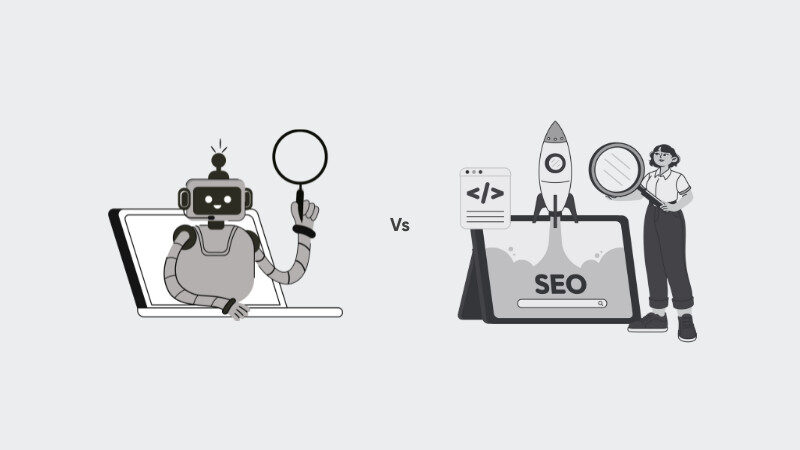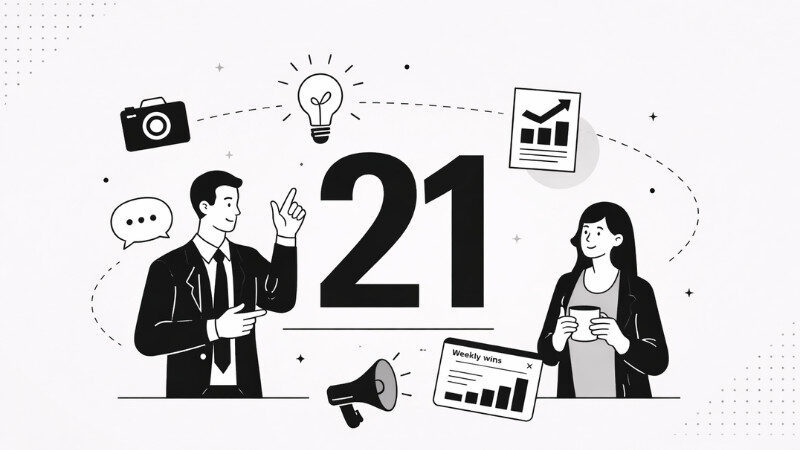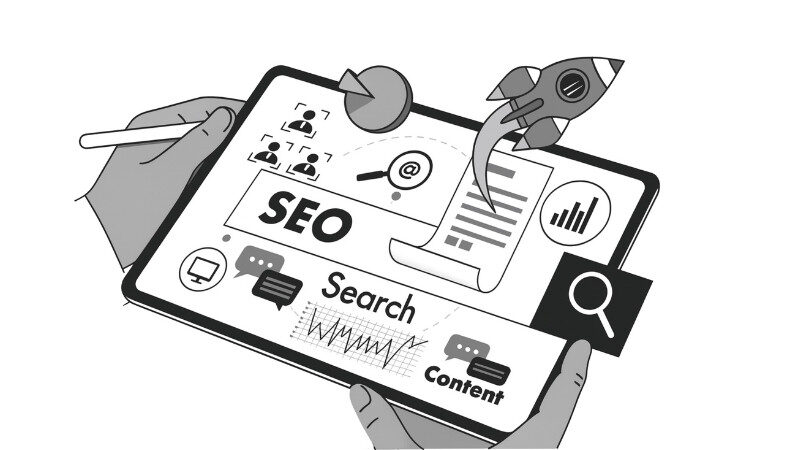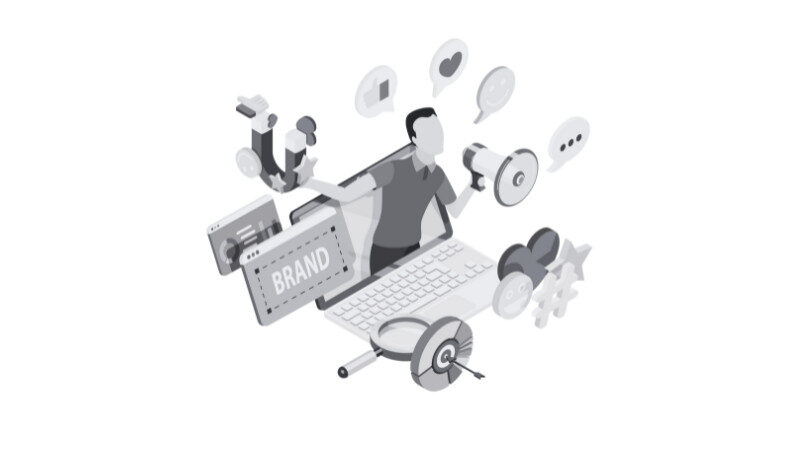Google didn’t kill SEO. It leveled it up.
For years, Traditional SEO was the king of discoverability. And then came AI Overviews (AIOs): those AI-generated summaries now appearing at the top of Google’s search results. Suddenly, marketers were forced to ask:
Do we need a whole new content strategy for AIOs?
Or is this just SEO 2.0 with a flashier UI?
The answer is both simpler and more strategic than most think.
If you’re not winning at SEO, you won’t even qualify for AIO.
That’s the fundamental truth. Straight from Google’s playbook.
AI Overviews don’t generate answers from thin air. They rely on existing web content—meaning if your content isn’t ranking, demonstrating E-E-A-T (Experience, Expertise, Authoritativeness, Trust), and meeting user intent, it won’t make the cut.
So, no-you don’t need to abandon SEO. But yes-you do need to evolve it.
Table of Contents
ToggleWhat Hasn’t Changed: SEO Is Still the Foundation (90% of the Work)
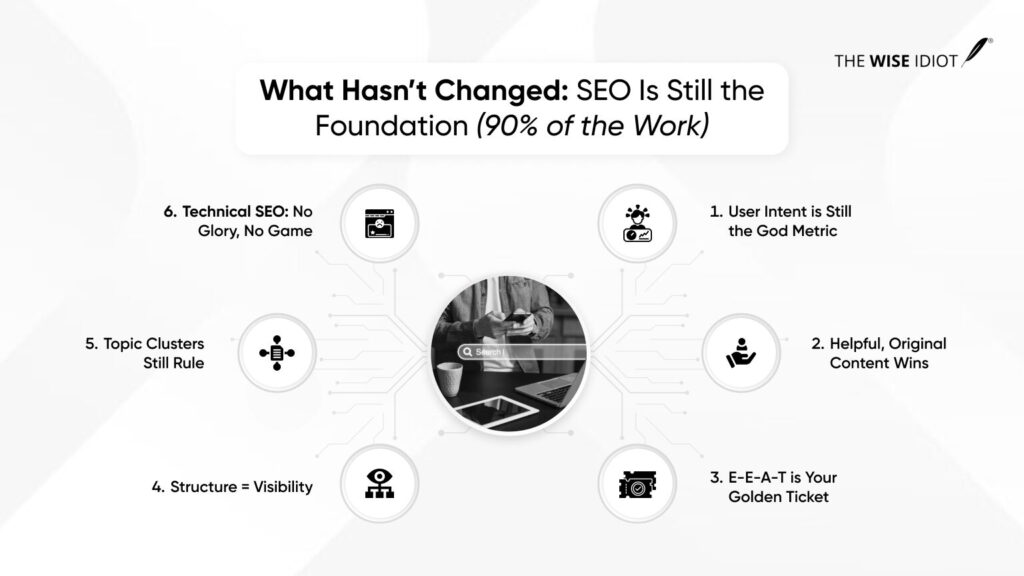
Let’s call this your non-negotiable layer. Everything that Google’s been nudging us toward over the last few years–better UX, deeper content, people-first writing–is even more important now.
Here’s where SEO and AIO are completely aligned:
1. User Intent is Still the God Metric
At its core, SEO has always been about aligning with what users truly want. That hasn’t changed. The difference now is that AIOs attempt to short-circuit the process, serving users direct answers rather than a list of links.
If your content nails intent, it’s more likely to be featured. So whether your user types “best accounting tools for freelancers” or “how to track carbs,” your content needs to anticipate what they’ll need next.
2. Helpful, Original Content Wins
Google’s Helpful Content System penalizes fluff. AIOs take it a step further by ignoring it completely. Content that’s generic, derivative, or overloaded with keywords simply doesn’t get surfaced.
What does? Unique perspectives, firsthand experiences, and information that clearly delivers value.
3. E-E-A-T is Your Golden Ticket
If you’re in a YMYL (Your Money or Your Life) category—think finance, health, or legal—your authority matters more than ever.
Author bios, consistent reputation, external validation (press mentions, reviews), and proper citations all boost your chances of being featured in an AIO.
4. Structure = Visibility
Clean, readable formatting isn’t just good for humans; it’s how AI parses your content.
Clear H2s, short paragraphs, logical flow, bullet lists, and well-crafted FAQs help ensure your content is digestible for both bots and people.
5. Topic Clusters Still Rule
It’s no longer about one blog per keyword. AIOs are drawn to topical depth, not just relevance.
Comprehensive coverage means your page is more likely to answer all facets of a user’s query and be chosen as the source.
6. Technical SEO: No Glory, No Game
Mobile-first, fast, crawlable, well-structured code-nothing changes here. But schema markup (FAQ, HowTo, Article) is more important than ever.
Structured data helps Google interpret and prioritize your content for AI summaries, especially for formats like FAQs, how-tos, and definitions
What’s New: AIO-Specific Nuances (The Strategic 10%)
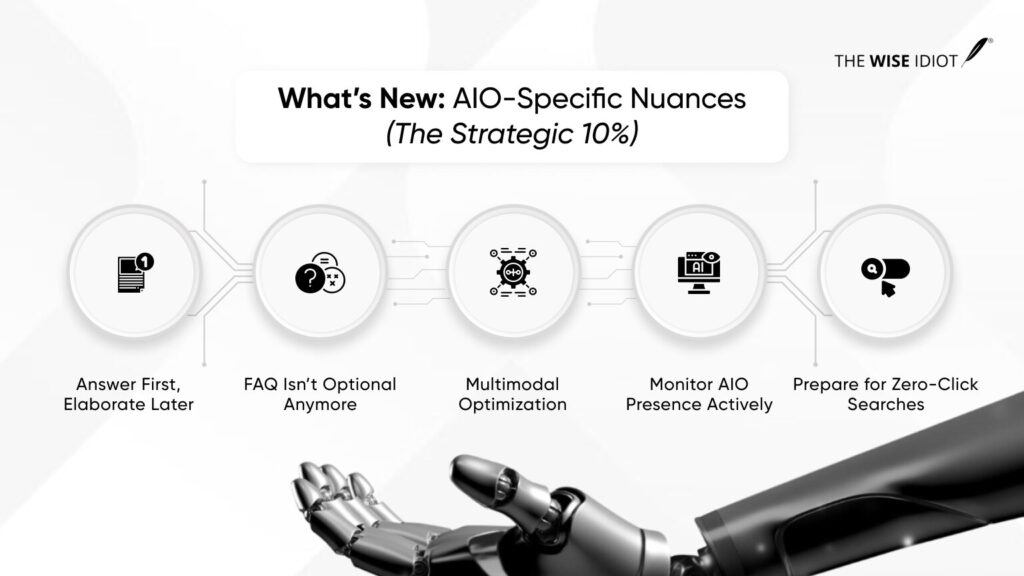
Once your Search Engine Optimization foundation is strong, the next layer is adapting your content for the unique mechanics of AIOs.
This is where your content needs that extra polish, that edge, that clarity for machines. Here’s how to evolve:
1. Answer First, Elaborate Later
AIOs love front-loaded clarity. Your content should open with a concise, direct answer, like a Wikipedia intro.
If someone searches for “best CRM for small businesses,” your opening line should offer a clear, immediate recommendation or takeaway. Save the context and elaboration for later.
2. FAQ Isn’t Optional Anymore
While FAQs were previously optional add-ons, they’re now central to visibility in AI Overviews.
Structured questions with clean, punchy answers create natural entry points for Google’s AI to pull from. Don’t bury them, highlight them.
3. Multimodal Optimization
AI models are increasingly referencing not just text, but visuals, tables, and other formats. But the AI can’t “see”, it needs help.
Proper alt text, captions, and on-page context for images or videos ensure your non-text elements contribute to your authority.
4. Monitor AIO Presence Actively
Tools like Semrush, Ahrefs, and Search Console are evolving fast. Start tracking which keywords are triggering AIOs and whether you’re getting featured. You can’t improve what you don’t measure.
5. Prepare for Zero-Click Searches
AIOs will inevitably reduce clicks in many cases. That’s not all bad. Users who do click are more qualified; they’ve already seen your summary and want more.
Which means your focus should shift from just driving traffic to optimizing on-page engagement and conversions.
Where Should Your Marketing Team Focus?
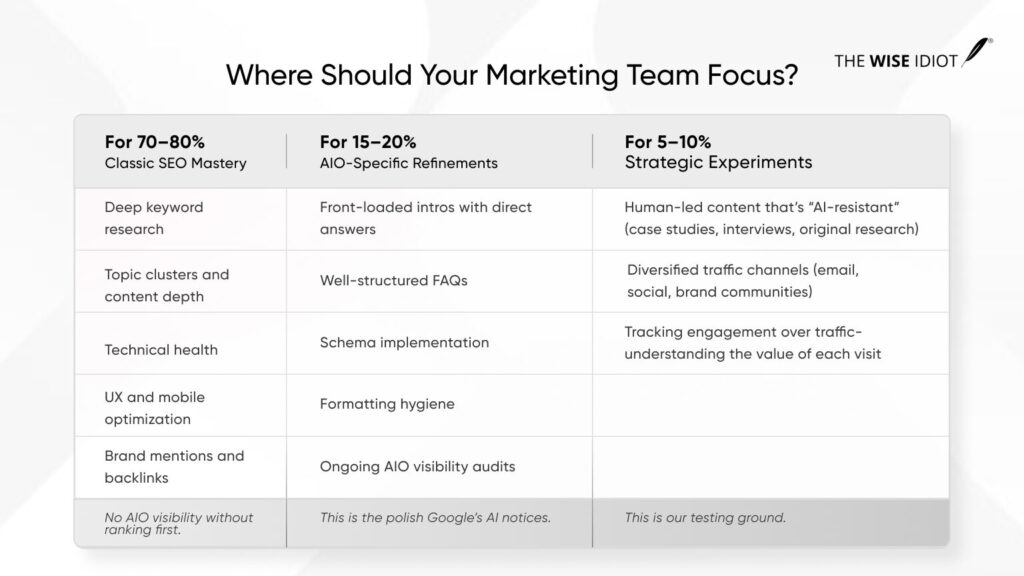
Here’s a breakdown that’s working well for our clients at The Wise Idiot:
For 70–80%: Classic SEO Mastery
- Deep keyword research
- Topic clusters and content depth
- Technical health
- UX and mobile optimization
- Brand mentions and backlinks
No AIO visibility without ranking first.
For 15–20%: AIO-Specific Refinements
- Front-loaded intros with direct answers
- Well-structured FAQs
- Schema implementation
- Formatting hygiene
- Ongoing AIO visibility audits
This is the Polish Google’s AI notices.
For 5–10%: Strategic Experiments
- Human-led content that’s “AI-resistant” (case studies, interviews, original research)
- Diversified traffic channels (email, social, brand communities)
- Tracking engagement over traffic, understanding the value of each visit
This is our testing ground.
Final Take: It’s Not SEO vs AIO. It’s SEO for AIO
Google hasn’t replaced the search engine. It’s simply placed an AI filter at the top.
If SEO is about being found, AIO is about being trusted enough to be quoted.
At The Wise Idiot, we’re helping brands adapt to that subtle shift. We build content that not only ranks but resonates with humans and machines. That informs, earns clicks, and drives conversions—even in a zero-click world.
Because in 2025, ranking is table stakes.
Being the answer? That’s the win.

